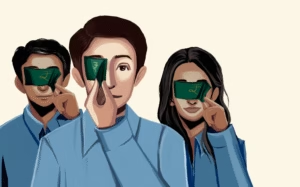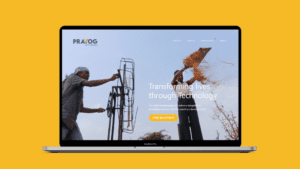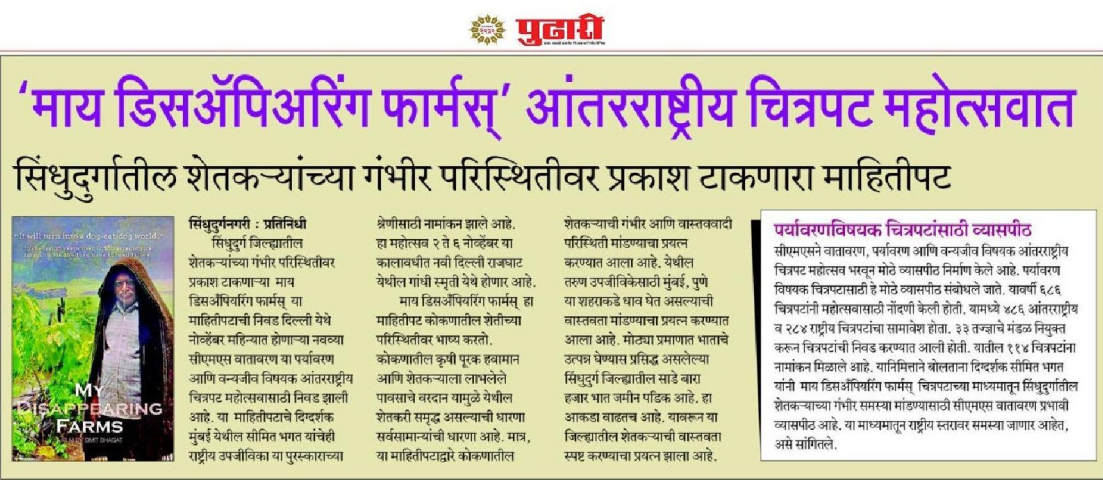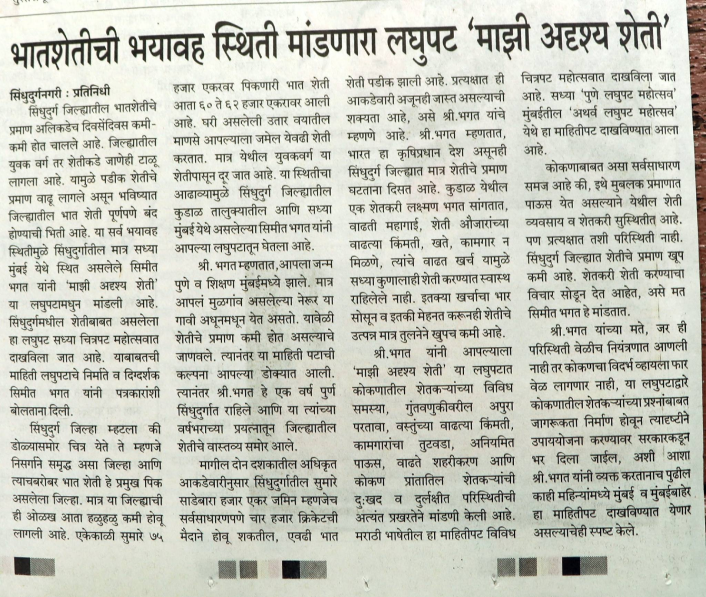
He didn’t know what he was signing. Most didn’t. With a thumbprint pressed onto a contract, his fate was sealed. A five-year promise—made in ink, carried out in sweat, silence, and separation.
This was indentured migration. A system introduced in 1834 by the British Parliament after the abolition of slavery. It was meant to fix a labour shortage across the colonies. Instead, it uprooted millions.
Nearly two million men and women from rural India were shipped to work in sugar plantations, railway lines, and mines across the world. The journey was long. The hours were longer. And the freedom promised at the end often never came.
Nearly two million men and women from rural India were shipped to work in sugar plantations, railway lines, and mines across the world.
To tell this story, we chose the medium of illustrated story. It aims to remember , honour, and reclaim the stories of those who silently suffered the most.
Stories Silenced, Now Told
Many women faced more than backbreaking labour. They faced assault, isolation, and silence. As historian Brij Lal documented, women like Kunti were punished, abused, and then dismissed by colonial courts.
Even when their voices were raised, they were called immoral, unreliable, and unworthy. The burden of racism and sexism fell hardest on their shoulders.
The Bidesia Project doesn’t rewrite these stories—it restores them. It doesn’t use data or reports. It uses faces, postures, emptiness, colour, and stillness.
Why This Project Matters
Indentured migration ended in 1917. The workers were promised return journeys. Most never made it back. Families were separated. Cultures scattered. But songs remained. And now, through this project, so do the stories.
As Neha Hui and Uma Kambhampati describe, indenture was once called a compromise between slavery and freedom. But to those who lived it, indenture was something else entirely.
Indenture was once called a compromise between slavery and freedom.
The Bidesia Project is a nonprofit initiative preserving Bhojpuri folk music through film, archives, and award-winning global storytelling. It gives voice to what was silenced—and asks us to listen.
If your non-profit has a story to tell, we can help you share it through powerful illustrated storytelling.










